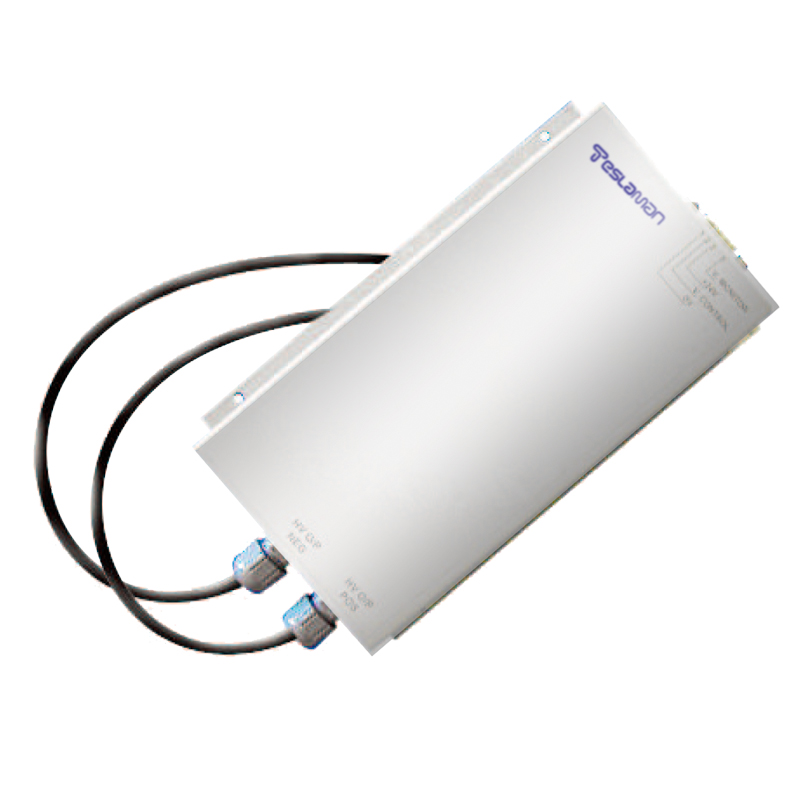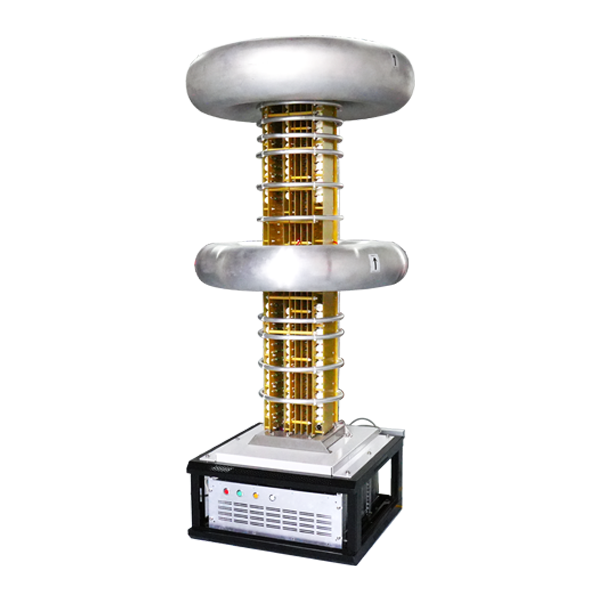Research on Switching Reliability of Polarity-Reversible High Voltage Power Supplies
Introduction
As core equipment in precision testing and industrial control systems, polarity-reversible high voltage power supplies critically determine system stability in medical imaging, material modification, and semiconductor detection. The reliability design of polarity switching involves composite technological domains including power topology reconstruction, transient response optimization, and dielectric loss control, representing a frontier in current high-voltage power supply research.
1. Technical Principles of Polarity Switching
1. Full-Bridge Inverter Topology
An H-bridge structure constructed with four power semiconductor modules enables instantaneous polarity reversal through precise timing control. This architecture achieves microsecond-level switching response while maintaining 0.1% polarity accuracy above 800V. Critical design considerations include suppressing reverse recovery effects of IGBT/MOSFET body diodes and limiting voltage overshoot below 15% of rated values via gate drive waveform shaping.
2. Dynamic Snubber Circuit Design
During polarity transitions, oscillatory circuits formed by storage capacitors and parasitic inductance generate high-frequency harmonics. A composite RCD snubber network (resistor-capacitor-diode) effectively absorbs transient energy, reducing voltage spikes by 62% and maintaining EMI levels within EN55011 Class B limits.
2. Reliability Challenges and Countermeasures
1. Arc Suppression
At voltages exceeding 10kV, dielectric breakdown risks escalate exponentially. Experiments show that gradient gas pressurization (SF6 mixtures) enhances dielectric strength by 3.2×, while diamond-like carbon (DLC) coatings on contacts extend mechanical lifespan to 10^6 switching cycles.
2. Thermal Stress Management
Junction temperature fluctuations during switching reach 40℃/s. A 3D cooling module (copper baseplate + microchannel liquid cooling) reduces thermal resistance to 0.15℃/W. Coupled with digital twin systems for real-time thermal prediction, critical component temperature rise remains below 80% of ratings.
3. Reliability Verification Framework
1. Accelerated Aging Tests
A multi-stress coupled test platform simultaneously applies temperature cycling (-40℃~85℃), random vibration (5-2000Hz), and electrical overstress (110% rated voltage). Post 2000-hour equivalent aging, contact resistance variation remains <5%, with insulation degradation controlled under 12%.
2. Failure Mode Analysis
Weibull distribution analysis of 10^5 switching cycles identifies primary failure modes: contact material migration (58%), dielectric carbonization (23%), and driver circuit degradation (19%). Targeted improvements elevate MTBF from 4500 to 12000 hours.
4. Application Scenario Validations
1. Semiconductor Wafer Testing
For third-generation semiconductor material characterization requiring ±3kV polarity reversal within 5μs, optimized systems achieve 99.9997% success rate and bit error rates below 10^-9, complying with ISO 17025 standards.
2. Electrostatic Precipitators
In dust removal systems requiring polarity reversal every 30 seconds, enhanced power supplies demonstrate zero polarity failures after 8000 hours in extreme conditions (300g/m³ dust concentration).
Conclusion
Enhancing the reliability of polarity-reversible high voltage power supplies demands systematic optimization across materials science, thermodynamics, and power electronics. With advancements in wide-bandgap semiconductors and predictive maintenance technologies, future switching lifespans may exceed 10^8 cycles, providing robust energy control solutions for Industry 4.0 applications.




















